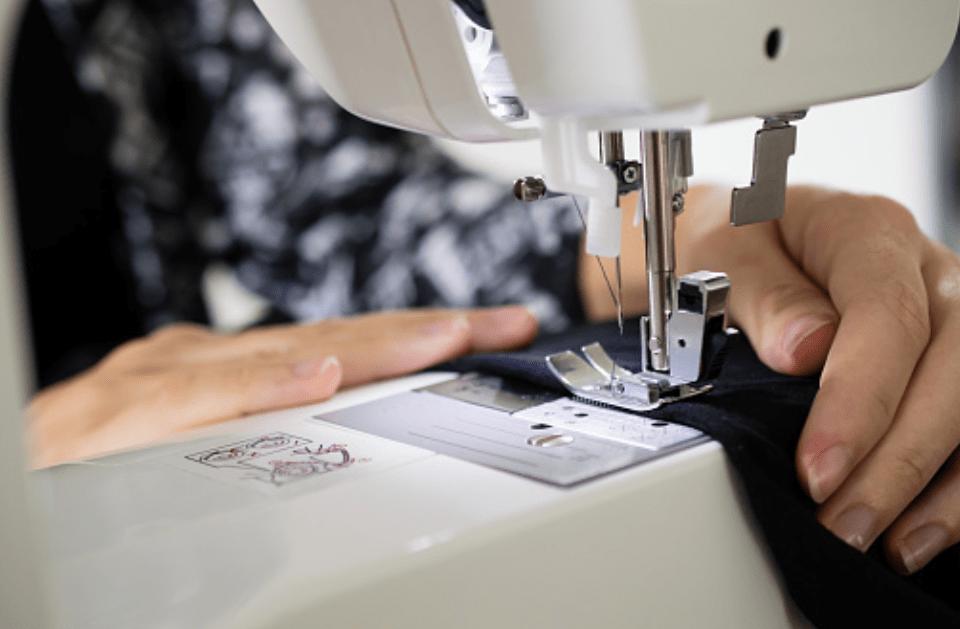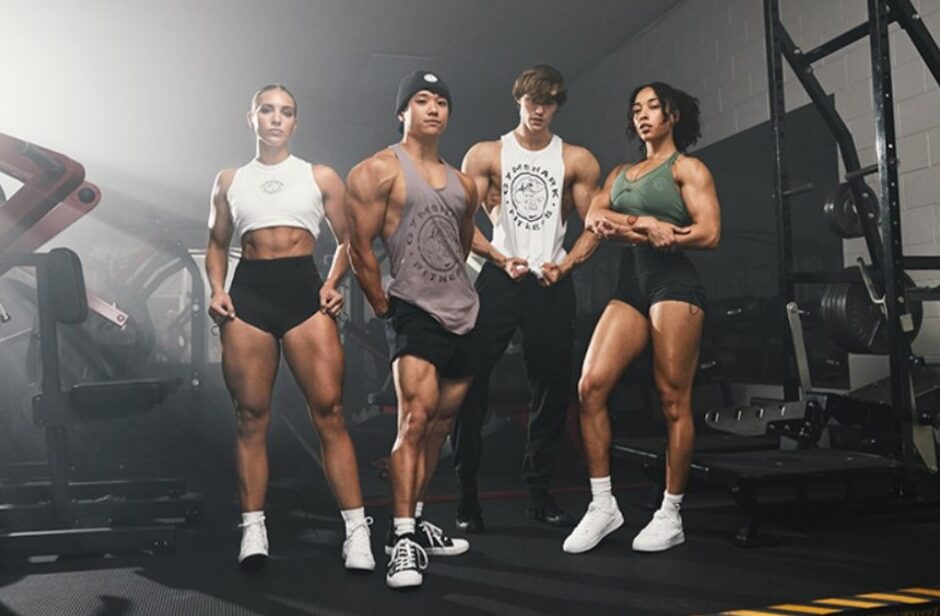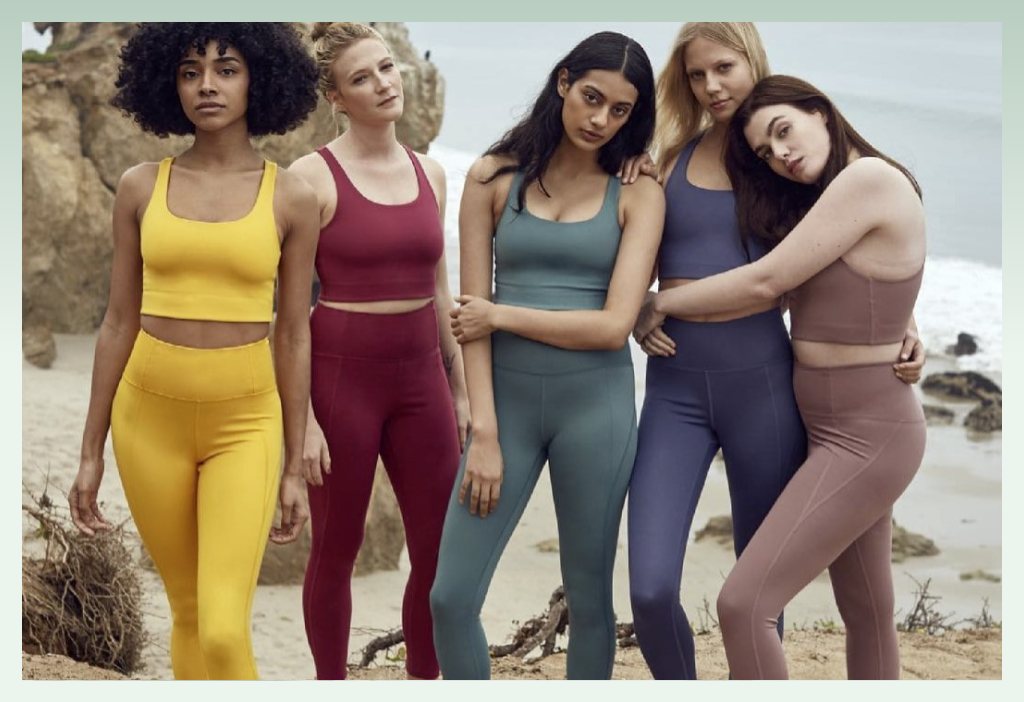Ever wonder which T-shirt printing method fits your brand’s needs best? Whether you're planning bold runs, delicate designs, or eco-friendly prints, the choice affects cost, feel, and quality. I’ve learned that getting it right can save time, money, and headaches—so you can focus on style and sales.
Choosing the right T-shirt printing method depends on three big factors: order size, fabric type, and design complexity. For large runs with simple designs, screen printing offers cost-effective, durable results. For small batches and detailed, colorful graphics, DTG (Direct-to-Garment) or DTF (Direct-to-Film) gives high resolution on cotton blends. Want all-over, vibrant prints on polyester shirts? Go for dye sublimation. Plus, eco-conscious brands can opt for water-based or discharge inks to align with sustainability goals without sacrificing quality.
Let’s walk through the top five printing methods so you can see which one makes sense for your brand—whether you're sourcing tees for North America, Europe, or Australia.
1. How Do You Match Print Method to Order Size, Design, and Fabric?
Choosing the right print starts with three simple questions: how many shirts? what's the design like? what fabric are you printing on?
You match the printing method to run size, design, and fabric. For large orders with simple designs and durable materials, go with screen printing. Smaller batches or intricate, colorful designs work best with DTG or DTF on cotton blends. And if you need full-coverage prints on polyester—think workout tees or sports uniforms—dye sublimation is ideal.
Dive deeper
Run size
- Screen printing: Great for 100+ units thanks to low cost per piece after setup.
- DTG/DTF: Perfect for small batches or even single orders—no screens needed.
- Dye sublimation: Works well for any batch if you're printing polyester; setup is simpler than screen printing.
Design complexity
- Bold, 1–3 color logos? Screen printing nails it.
- Photographs, fine lines, or gradients? DTG and DTF give sharp, high-resolution results.
- All-over prints and vibrant patterns need dye sublimation.
Fabric compatibility
- Cotton and natural blends: Best with DTG or screen.
- Polyester: Dye sublimation is your go-to.
- Mixed fabrics: DTF covers blends well, even on dark fabrics.
Quick guide:
| Scenario | Recommended Method |
|---|---|
| 500+ units, simple logo | Screen printing |
| 50 units, high-detail design | DTG |
| 50 units, color on blends | DTF |
| All-over print on polyester | Dye sublimation |
| Eco-conscious, soft print | Water-based/discharge ink |
2. Why Is Screen Printing Best for Bulk Orders?
When you're producing hundreds of tees, screen printing is the classic workhorse. It’s efficient, vibrant, and consistent—great for big runs.
Screen printing uses stencils (screens) to layer ink onto fabric—one color at a time. It’s cost-effective for simple, bold designs in large quantities. The prints are vibrant and durable, ideal for brand logos, team shirts, and retail runs. But setup takes time and cost, and it's not great for photo-realistic images or tiny batch sizes.
Dive deeper
Screen printing shines with:
- Bold, solid colors—logos, text, single-color graphics
- High durability—ink layers are thick and long-lasting
- Large production runs—setup cost shrinks with scale
But it’s not perfect:
- Setup costs for screens and presses mean it’s only economical above a certain volume.
- Limited color options—each hue needs its own screen.
- Rougher feel—ink sits thick on the fabric, which may not suit softwear products.
Still, if you're planning to roll out T-shirts, hoodies, or caps in bulk across North America or Europe, screen printing is a reliable, proven choice.
3. When Do DTG and DTF Printing Shine?
Want sharp imagery or small batch production? DTG and DTF are your digital printing twins, each with unique strengths.
DTG sprays ink directly onto cotton-rich fabrics. It produces high-resolution prints with soft feel, perfect for complex designs in small batches. DTF prints onto film and heat-transfers to almost any fabric—including polyester blends and dark garments—while preserving detail and color vibrancy.
Dive deeper
Direct-to-Garment (DTG)
- Uses water-based inks for a soft feel.
- Great for 100% cotton or high-cotton blends.
- Handles detailed artwork—gradients, photos, fine text.
- No setup fees, ideal for under-100 runs.
- Durability is fair; wash with care.
- Limited to light fabrics, may need pre-treatment for dark ones.
Direct-to-Film (DTF)
- Prints on PET film, adds adhesive powder, then heat-press onto fabric.
- Works on all fabric types—cotton, polyester, blends, even leather.
- Keeps vibrant colors and bold detail.
- Slightly thicker feel but durable and flexible.
Reddit users note:
“DTF achieves bright, high-resolution prints … works across all types of natural and synthetic fabrics.”
“Production wise DTG … highest print quality … if it feels smooth … most likely that’s DTG.”
DTG is great for premium retail or branded consumer wear. DTF is ideal if you need versatility across fabrics and want strong visuals on smaller runs.
4. Is Dye Sublimation Perfect for All‑Over Prints on Synthetics?
If you're designing athletic tees, swimwear, or full-coverage prints, dye sublimation is unbeatable.
Sublimation uses heat to turn ink into gas, infusing it into polyester fibers. The result is vivid, permanent all-over prints—no peeling, cracking, or rough texture. Best for polyester and light-colored fabrics, it's ideal for sportswear, team uniforms, and photo-quality designs. Setup costs are moderate, and the prints remain soft and breathable.
Dive deeper
- Process: Print design on special paper, then heat-press to polyester fabric—ink becomes gas and embeds in the fibers.
- Benefits: Unlimited colors, crisp detail, edge-to-edge printing, no feel on the fabric.
- Limitations: Only for polyester or coated materials; white or light colors work best.
- Durability: Colors won’t fade or crack, even after many washes.
Sources say:
“Sublimation printing produces vibrant, permanent colors… ideal for complex, full‑color designs … won’t crack, peel, or fade.”
“Designs...cover areas such as seams… prints won’t fade or crack.”
For brands making beachwear, cycling jerseys, or athletic tees, sublimation is a top pick—just ensure you’re using polyester or blends designed for it.
5. Which Eco‑Friendly Inks Support Sustainable Branding?
Printing methods are important, but ink choice makes your brand stand out—from a budgeted T-shirt or a high-end eco label.
Eco-friendly print options include water-based plastisol, discharge inks, and DTG with water-based inks. These options produce softer prints, avoid harsh chemicals, and reduce environmental waste. Water-based prints soak in, discharge removes dyes, and DTG uses non-toxic inks—great for brands focused on sustainability and gentle handfeel.
Dive deeper
Water-Based Inks
- Soak into the fabric, not sit on top
- Softer feel and breathable
- Lower VOCs and cleaner water runoff
Discharge Printing
- Removes the shirt dye, replaces with your design
- Ideal for vintage or soft-print style
- Works best on dark, 100% cotton items
- Leaves no plastic feel
DTG with Water-Based Inks
- Uses eco-certified inks like Kornit’s
- Print-on-demand avoids overproduction
- Minimal wastewater and energy use
Reddit insight:
“Water based screenprinting … if you handle your own inventory it's a great option for vintage looks.”
If you’re positioning your brand as green and premium, these ink choices pair well with organic or recycled fabrics and speaks to eco-conscious consumers.
Conclusion
Your T-shirt print method should align with your brand’s run size, artwork, fabric, and sustainability goals. Screen printing wins on volume, DTG/DTF shine on detail and flexibility, sublimation is top for polyester sportswear, and eco‑inks boost brand values. Choose wisely—and your tees will look better, feel better, and sell better.





